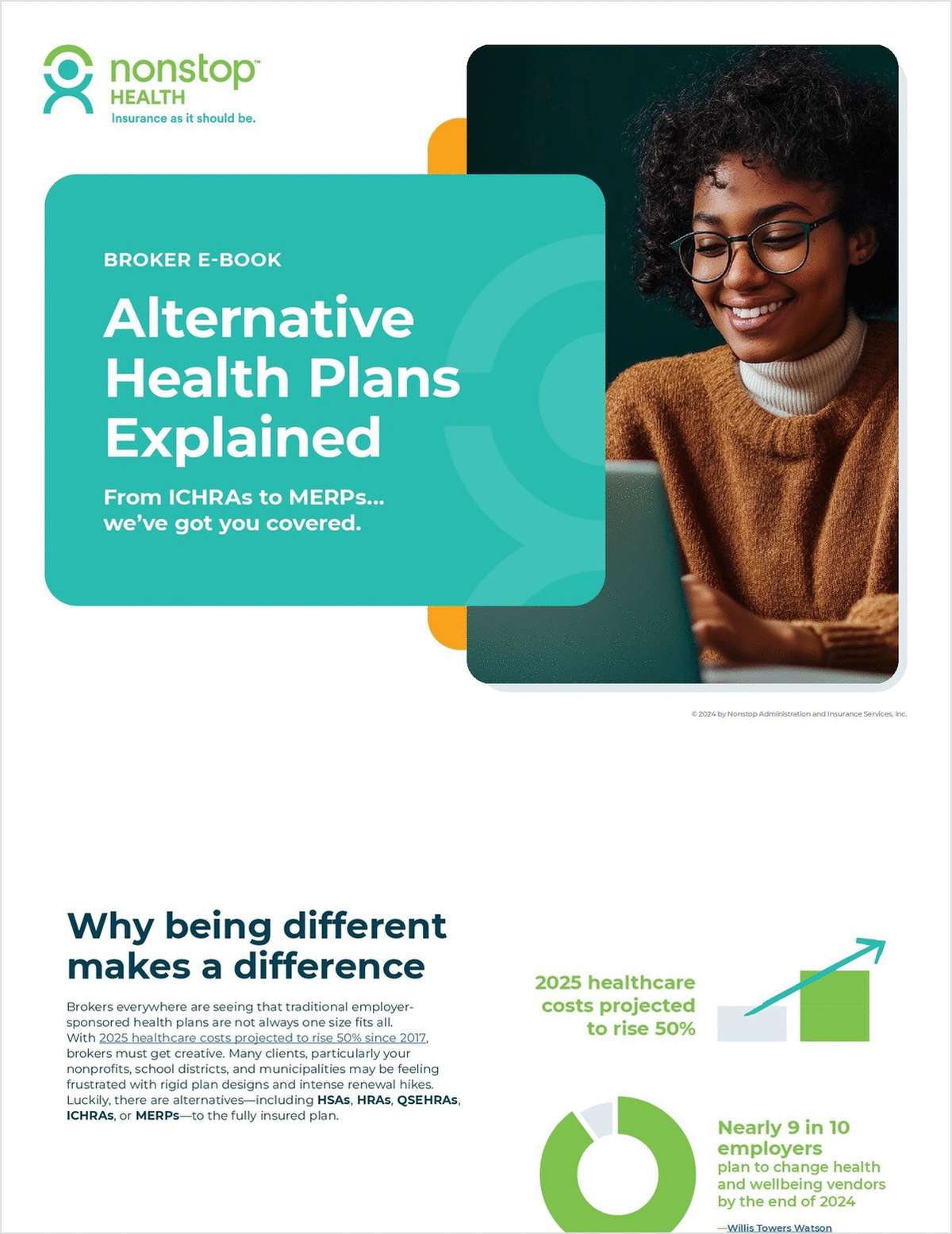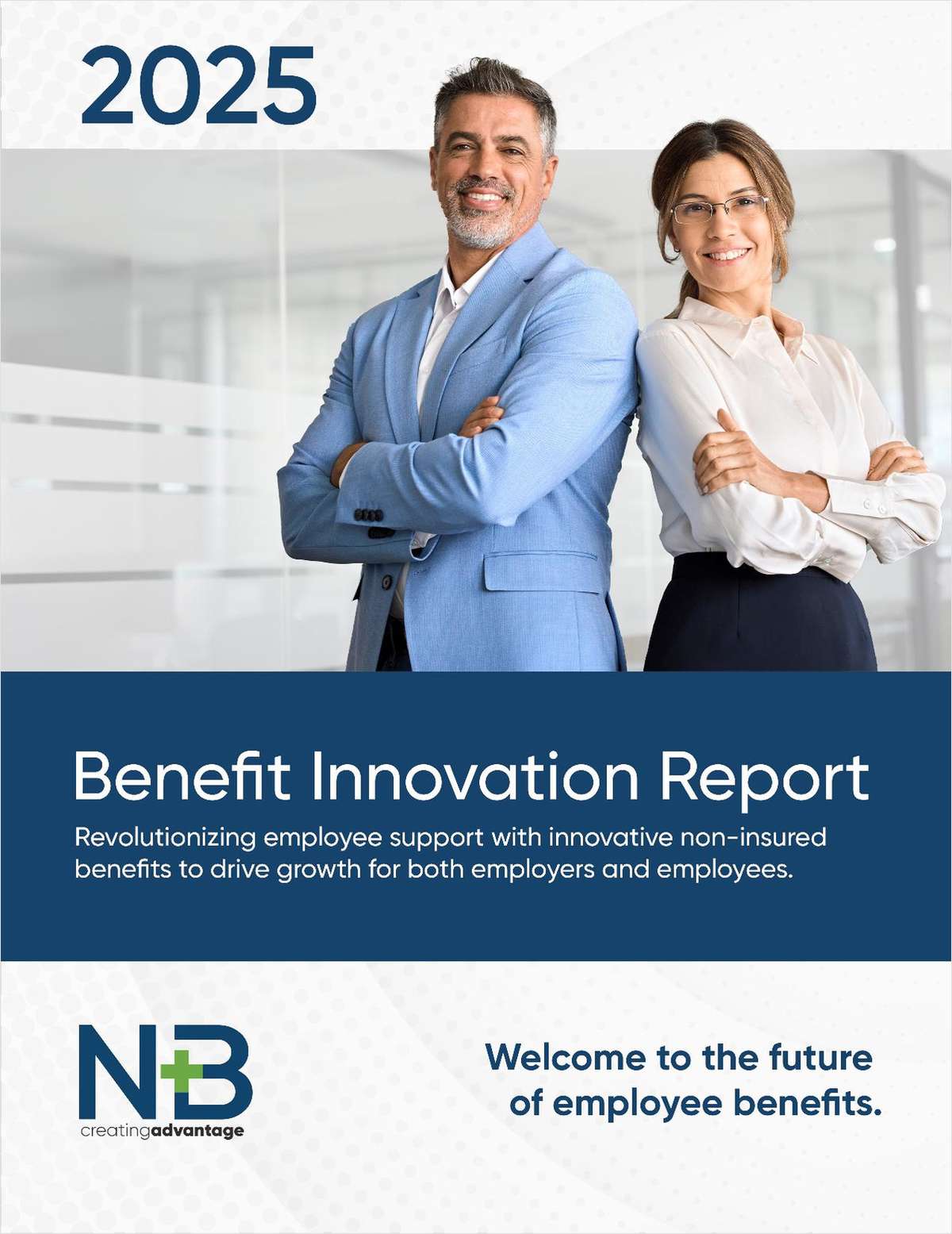The economy may be improving, but it's certainly not raising all boats—and even some of the rising boats' captains are nervous about what's to come. Maybe it's because their incomes are behaving more like roller-coasters.
That's according to a study from the Pew Charitable Trusts, which finds that whether they've gained or lost substantial amounts of income on an unpredictable basis, households that have experienced such income volatility are less financially stable.
Complete your profile to continue reading and get FREE access to BenefitsPRO, part of your ALM digital membership.
Your access to unlimited BenefitsPRO content isn’t changing.
Once you are an ALM digital member, you’ll receive:
- Breaking benefits news and analysis, on-site and via our newsletters and custom alerts
- Educational webcasts, white papers, and ebooks from industry thought leaders
- Critical converage of the property casualty insurance and financial advisory markets on our other ALM sites, PropertyCasualty360 and ThinkAdvisor
Already have an account? Sign In Now
© 2024 ALM Global, LLC, All Rights Reserved. Request academic re-use from www.copyright.com. All other uses, submit a request to [email protected]. For more information visit Asset & Logo Licensing.








